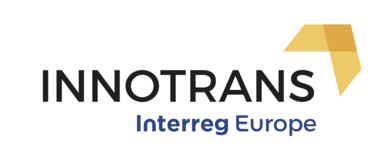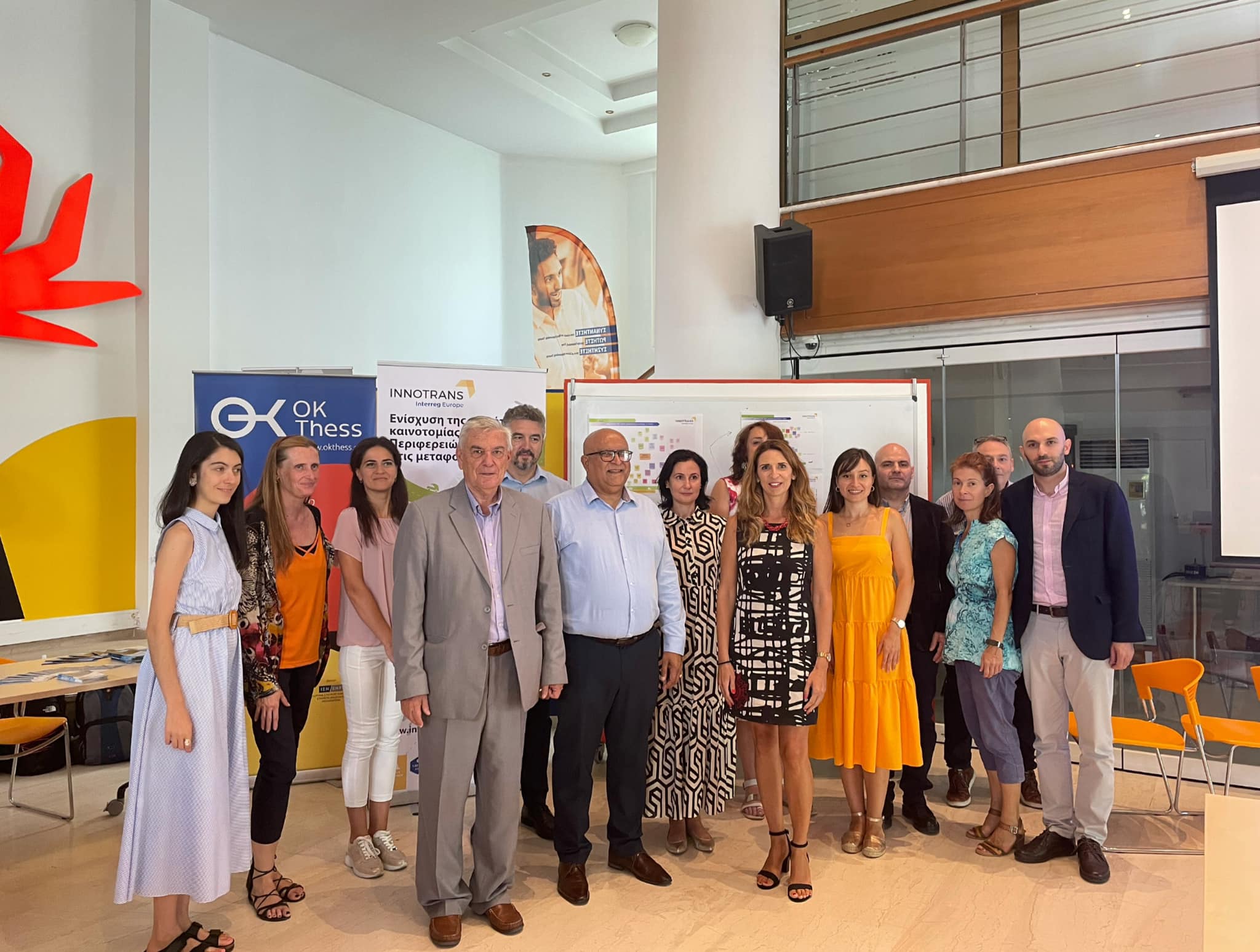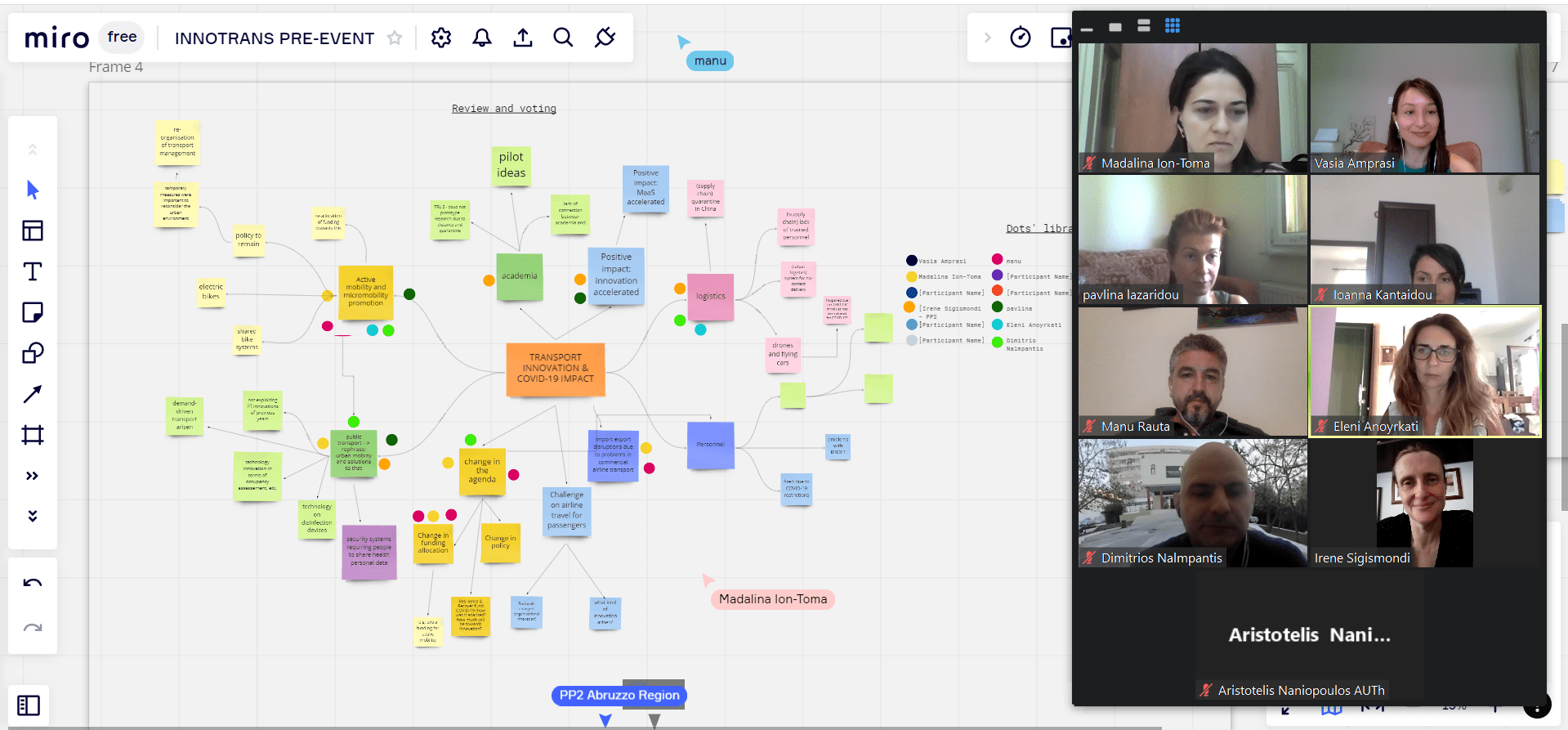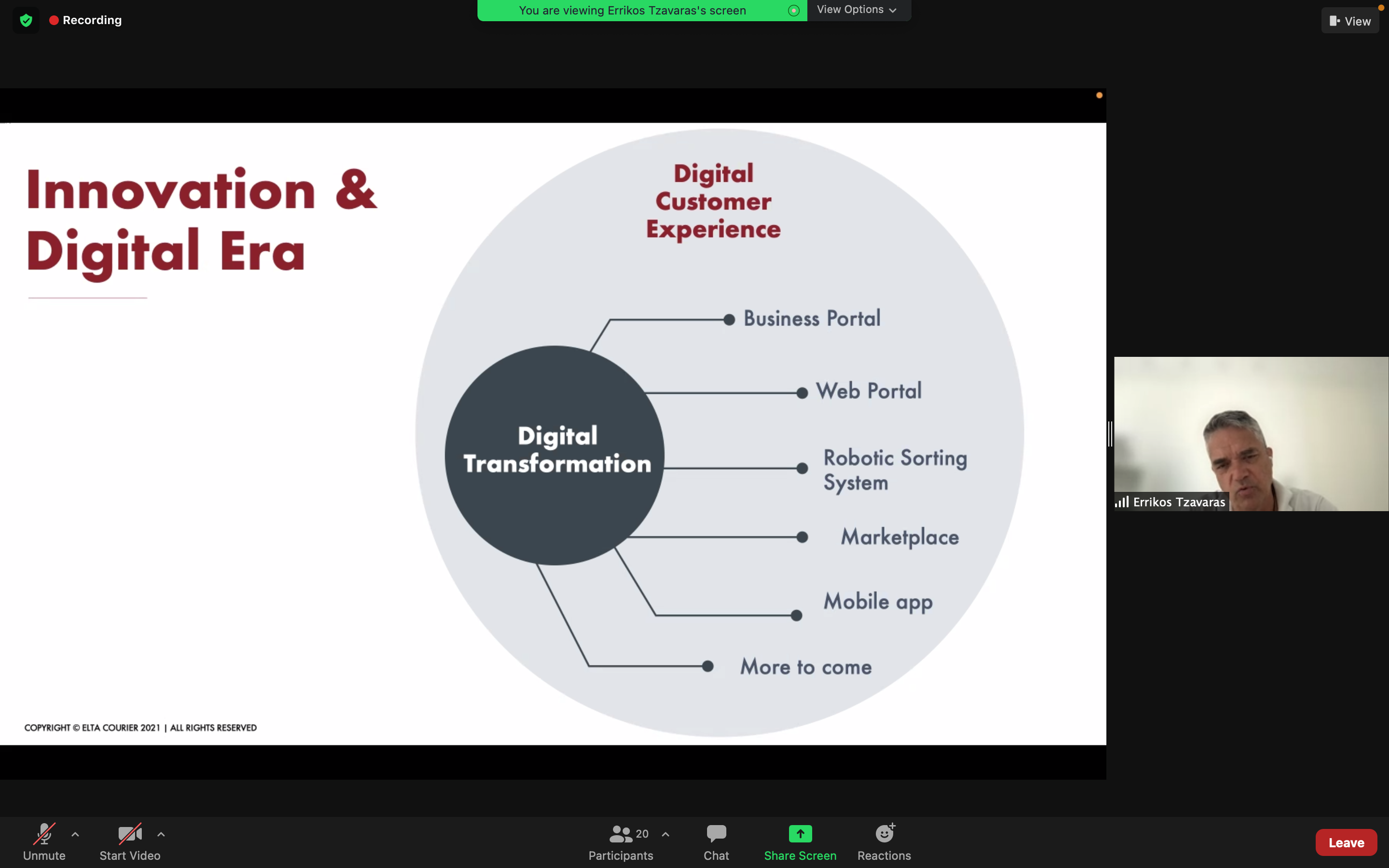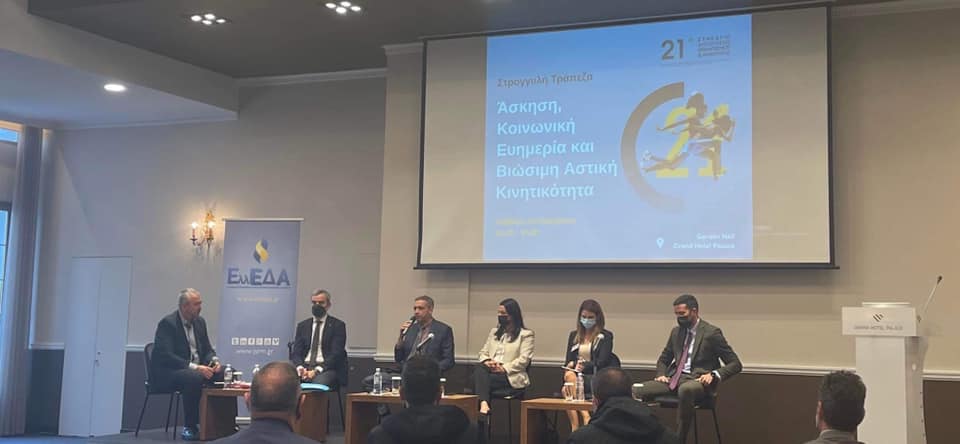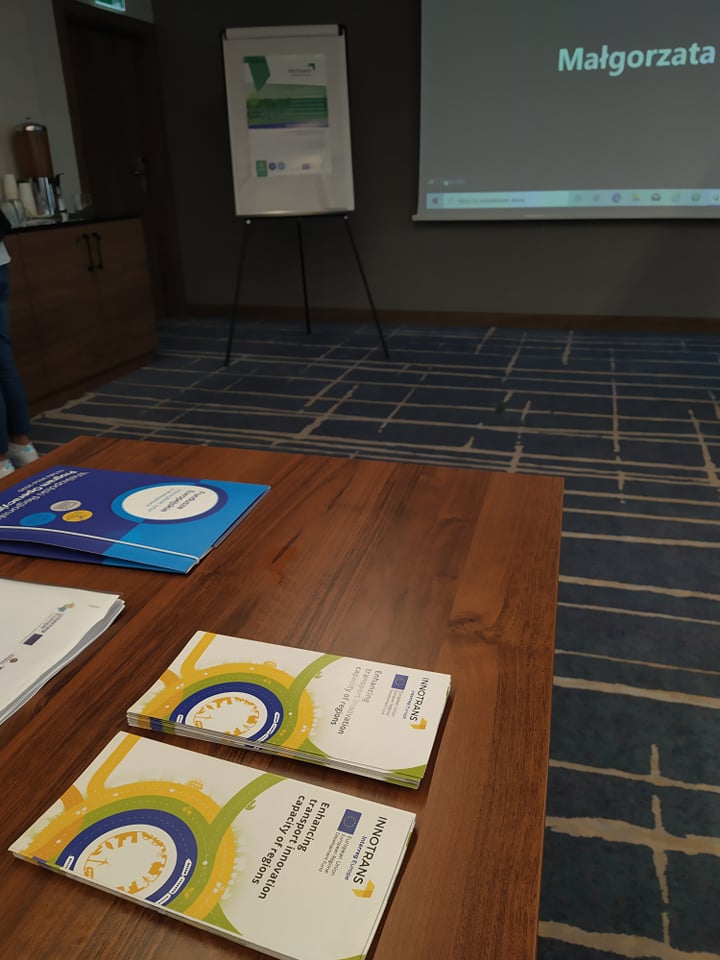Connected and Autonomous vehicles in the spotlight
One of the most discussed areas in Transport Innovation at present is Connected and Autonomous vehicles. Most commentators see it as an inevitable development. It promises a seismic change in the way we travel and transport freight.
Everywhere you look in vehicle development there are signs of autonomy being developed. Major vehicle manufacturers are working on self-driving vehicle projects. Self-driving pods are appearing in airports and tourist destinations. There are many start-up and small technology companies working on developing soft and hardware with which they hope to disrupt the market. Vehicles in development range from small pods and motorcycles to drones and boats.
The technology is advancing at a rapid rate. In-vehicle systems which control which keep road vehicles running in lanes and react to the speed and direction of the vehicles around them are already freely available. Technology that helps vehicles to identify their surrounding – paints which show up better on LIDAR and connections between vehicles and the infrastructure are in advanced development.
On road testing of vehicles is happening across the world. Tests as part of the UK Autodrive project have seen freight vehicles travelling autonomously on motorways and recently culminated in a live test of autonomous vehicles in Coventry City Centre.
Safety is the key element
It’s not all straightforward. In any innovative environment there are problems and, in transport, safety is of paramount importance. In this case there are two battles to win: Evidence based safety trials will allow the authorities to make reliable decisions, but the more difficult one is winning positive public perception. Recent press stories about accidents have played on this uncertainty about safety.
The death of a pedestrian, killed by an Uber Self-Driving Car in Arizona, has fuelled public worries about safety. Reports suggest that the pedestrian stepped out in front of the car and there was no time for any reaction, but that does not help the image. Although there is broad agreement that safety will, in the long run, be improved when vehicles are self-driving and human error is taken out of the equation, public opinion will be slower to change.
Where most distrust occurs is around the ethical decisions that will need to be programmed into the vehicles. Most drivers will react in favour of self-preservation in an incident. A vehicle programmed to calculate the least risk to lives might not. Many potential users are struggling to trust a vehicle that might choose self-destruction and the possible death of its passengers over potential greater harm to others.
Cyber security is another source of uncertainty. There are already concerns that, as Engine Management units and in vehicle entertainment systems are linked, vehicle computers can be demonstrated to be insecure. Adding connections between vehicles (V2V) and parts of the transport infrastructure such traffic lights or anti-congestion systems (V2X) multiplies the routes a hacker can take into a vehicles systems and increases this risk. To make things even less certain there are very few agreed standards or APIs to provide predictable system. Competition over Intellectual Property and rights to work with parts of the system are not encouraging for developers who potentially need this to create the safe systems we need.
Coventry to become a centre for world changing technology
Decisions about how to support this high growth potential industry in a region are not easy to make at present. As infrastructures and vehicles develop it is impossible to know for certain which standards and will win out. Many new technology environments have a culture of “Fail Fast”: incrementally developing a project and avoiding sunk cost losses. The very name worries risk averse cultures who place a high value on perceptions of decisive achievement.
So how does a regional authority support this environment and the potential high returns from becoming a centre for this world changing technology? This is one of the conundrums that INNOTRANS has been set up to investigate. In 18 months’ time we will be presenting results and making recommendations to our policy makers to help take advantage of these opportunities. Before then we will be very happy to welcome you to Coventry in November to look in more detail at the ways these innovations are growing and taking shape here and see how Coventry has become a testbed for Transport Innovation in the UK.

